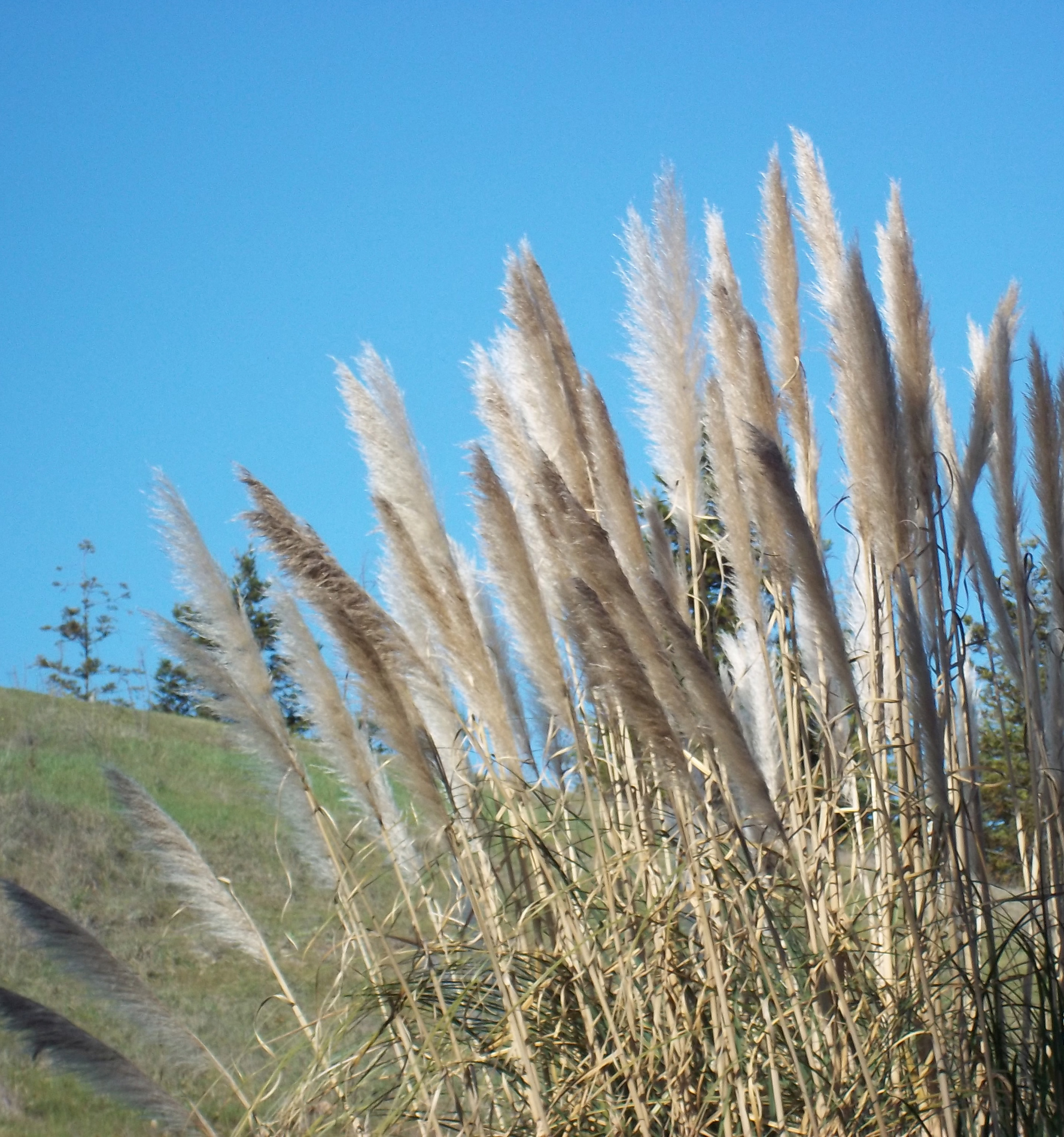
May 10, 2013
Dear Everyone:
Twenty-some years ago, I was still making my own hand-tailored suits for
work. Over time, I picked up
a few of the “tools” of the trade.
One of these is something called a
Tailor’s Ham.
It is a cloth-covered object, literally shaped like a ham.
You typically use it to simulate a shoulder when working on a
fitted jacket. Balance the
ham on the pointed end of an ironing board and drape the
partially-assembled jacket over it to make sure the sleeves will fit
correctly.
Then there’s the Tailor’s Board.
It is actually three fine-grain wooden pieces fastened together
to form a triad, in three dimensions.
Each part is specially shaped to be used for pressing different
shaped seams. A curve
surface for large, curved seams.
A pointed end for things like pointed collars.
A slightly inward curve, and so on.
Because it has several sharply pointed ends, I always thought it
would make a terrific weapon for a murder mystery.
I’d like to see those whiz people at
CSI figure that one out.
Then there’s the Tailor’s Clapper.
Like the Board, it’s made of fine-grain wood, about nine inches
long, flat on both sides, tapered to a broad curve on one end, with a
slightly sharper curve at the other end.
It’s used to “pound” seams.
A well-tailored suit has many, many seams, which almost always need to
be ironed very, very flat.
To accomplish this, you lay the piece flat (or curved, if
necessary—that’s where the Board comes in.)
Then you apply steam with an iron and “pound” the seam.
This requires placing the Clapper over the seam and using it to
“seal” the steam into the seam.
Also excellent for setting in really sharp pleats.
(And now you know why you buy your clothes already made.)
Ever try ironing a closely fitted sleeve on a regular ironing board,
without causing unwanted creases?
Next up: The Sleeve
Board.
A Sleeve Board is simply a very small “ironing board” made especially
for working with small pieces like sleeves.
Once, when “Alice” was visiting, she saw the Sleeve Board, which
I had been using and hadn’t put away yet, and exclaimed:
“Look at the ‘baby ironing board’!
Isn’t it cute? It
doesn’t look old enough to be away from its mother yet.”
Over time, fashions have changed, outside of legal offices, anyway.
Tailored suits have given way to “business casual” (well-made
trousers and expensive knit shirts, with or without discreet logos.)
I haven’t made a suit in years.
But I still use the Sleeve Board.
(Actually, I still have all the “tools” of the trade.
Just haven’t used them much.)
Whenever I buy pants, or jeans, they almost always require
shortening. And the Sleeve
Board is perfect for marking, cutting and hemming pants, etc. to the
proper length.
A few weeks ago, I was shortening a pair of jeans for “Jeannie”.
When I cut the legs to the correct length, I discovered that my
scissors had cut right into the fitted cover of the Board.
Oops. Then, when I
did the same thing on another pair of pants for myself, I realized that,
after two to three decades of steaming and pounding, the cover had
simply given up the ghost.
So, when I got one of those coupons in the mail for 40% off “one item”
at the big fabric and craft store, I went in search of another Sleeve
Board. After all these
decades, they still make them.
I even saved $8.00.
And I can go on shortening pants for another twenty to thirty years or
so. While mentally writing
the screenplay for someone to figure out that the deceased was killed
with a Tailor’s Board.
Love, as always,
Pete
| Previous | Next |